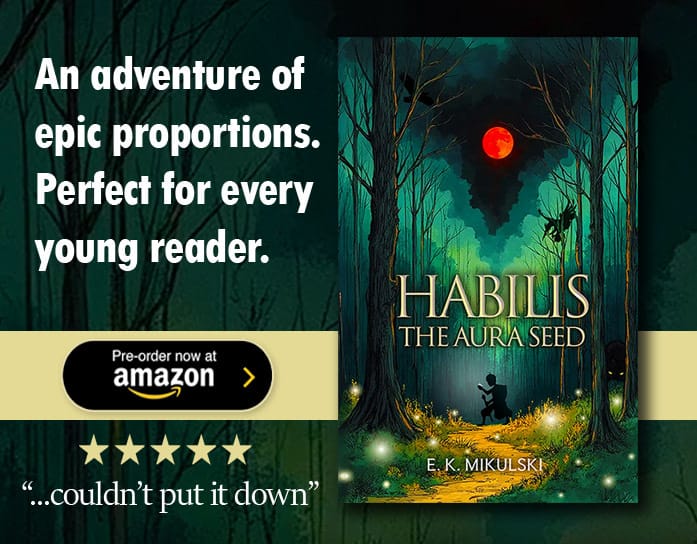
40 years after John Carpenter's Halloween terrified audiences and popularized the slasher genre, masked serial killer Michael Myers is returning to Haddonfield, Illinois, to continue his killing spree. This new tale, directed by David Gordon Green from a screenplay co-written with Danny McBride, thankfully ignores the boring, ill-conceived and increasingly ludicrous sequels that have plagued the franchise over the past few decades, opting instead to craft a direct follow-up to the 1978 masterpiece.
Michael Myers (Nick Castle, returning to the role in a nice bit of fan service) has been a resident of the Smith's Grove Psychiatric Hospital ever since the events of the original film, and despite being cared for and examined by a staggering number of clinical psychologists over the past 40 years, has remained as enigmatic as ever. No motive has been determined for his original crimes, and he's never uttered a single word to anyone - as far as the state is concerned, there is little else to be gained from studying Michael, so plans are made to transfer him out of psychiatric care and into a maximum security prison.
But first, a pair of true-crime podcasters (Dana Haines and Aaron Korey) show up at Smith's Grove with some questions for Michael's attending physician, Dr. Sartain (Haluk Bilginer), and try to evoke an emotional response from his patient by presenting an artifact from Michael's past - the results aren't quite what they anticipate. Next on their list is a visit to Laurie Strode (Jamie Lee Curtis), whose secluded forest estate, decked out with floodlights and a high-end surveillance system, feels more like an impregnable fortress than an actual domicile. Forever haunted by the trauma of her teenage years, Laurie has become paranoid and agoraphobic, rarely leaving the house except to hone her firearm skills against an army of mannequins in the backyard, and she has no interest in recounting the horrific tragedy for the benefit of two strangers.
The first act of Halloween is something of a mixed bag as Green tries to find a balance between the ultra-serious vibe of the original film and a blend of campiness and meta-humor that seeks to make this sequel feel a bit more modern. Jokes that downplay Michael's killing spree as "not a big deal" or playfully address some of the sillier elements of the disavowed franchise installments fail more often than not, and few of the characters are compelling or interesting - their lack of depth and development serves as a flashing red warning that their chances of making it to the final credits are slim.

Meanwhile, the most interesting component of Green and McBride's screenplay - Laurie's strained relationship with her daughter Karen (Judy Greer) - is given just enough screentime to establish the resentment that Karen feels over a childhood focused solely on preparedness and survival. When Laurie tries to warn her family of the imminent danger, Karen's protestations - "the world is not a dark and evil place, I'm not letting you convince me otherwise" - feel less than authentic, as though she's trying to convince herself more than anyone else. Doesn't she ever turn on the news? "Dark and evil" is just the tip of the iceberg.
It will come as little surprise that Michael escapes custody and returns to his hometown - there'd be no film otherwise - and it's at this point where Halloween finally begins to feel secure in its identity. Green makes liberal use of long tracking shots to chart Michael's path of destruction through the quiet Haddonfield neighborhoods, and much like Carpenter's film the gruesome kills are often obscured, leaving only the sound of Michael's labored breathing as another victim is dispatched. These techniques are just as effective now as they were 40 years ago, but Green also caters to the gorehounds by showcasing a handful of particularly messy murders in all their blood-soaked glory.
Green also seeks to pay homage to this film's predecessor in numerous ways, recreating some of its most iconic moments and giving each a clever new twist - one of these elicited cheers and a full-blown round of applause from my screening audience. As with Jamie Lee Curtis in the 1978 entry, Green likewise eschews the idea of casting a famous actress in the role of Laurie's teenage granddaughter, Allyson, opting instead for relative newcomer Andi Matichak. The opening credits even utilize the same orange font against a black background, and Carpenter's original theme returns, alongside new music that he composed with his son, Cody, and Daniel Davies.
With its tough-as-nails leading lady, clever setpieces (a sequence involving motion-activated lights is superb), and significantly higher body count, Green's Halloween serves up plenty of elements that will appeal to longtime fans and franchise novices alike. While most horror icons of this era have long since been sapped of their spookiness, Myers is more terrifying than he's been in years, and Green's worthy successor definitely earns its place in the mythology.
Sign Up for the SpoilerTV Newsletter where we talk all things TV!
Recommendations
Subscribe to:
Post Comments (Atom)



